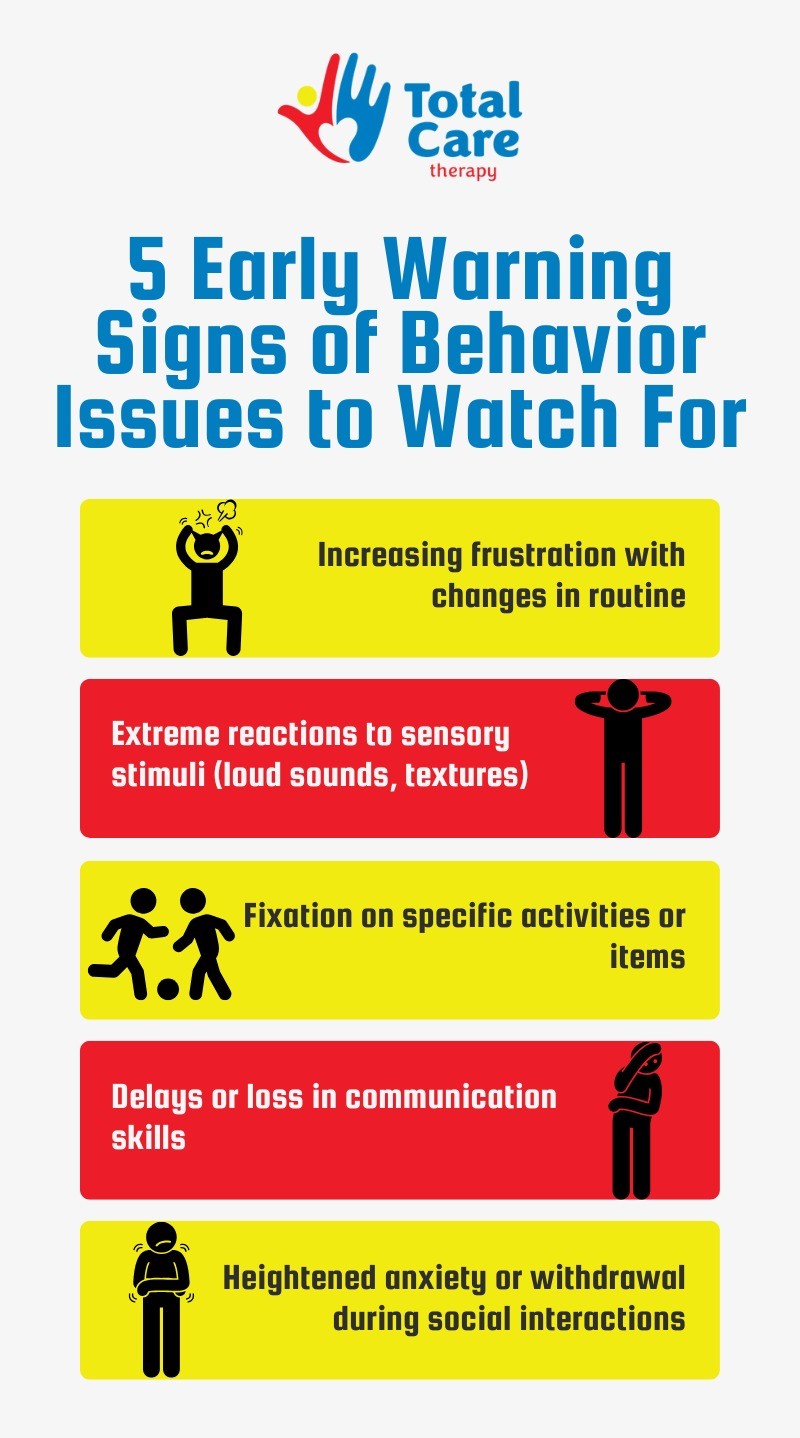Autism and Behavior Issues? Don’t Panic—Read This
Autism and behavior issues can feel overwhelming, but understanding the triggers and solutions can help parents support their child with confidence and care.
Autism and Behavior Issues? Don’t Panic—Read This
Key Points:
- Challenging behaviors in children with autism are common and often communication-based.
- Identifying triggers and understanding behavior functions are key to managing issues.
- ABA therapy offers structured, effective strategies to reduce problem behaviors.
When your child is experiencing autism and behavior issues, it can feel like your whole world is unraveling. You’re not alone in that feeling—and no, you’re not a bad parent. Behavior challenges in autistic children can be intense, confusing, and emotionally draining. But with the right support and a solid understanding of what’s happening, things can get better.
This article is here to help you make sense of the chaos, figure out what’s going on, and show you practical ways to take back control—without panicking.
What Do “Autism and Behavior Issues” Really Mean?
Let’s clear something up right away: behavior issues are not bad behavior. When we talk about autism and behavior issues, we’re referring to things like:
- Intense tantrums or meltdowns
- Aggression (hitting, biting, etc.)
- Self-injurious behavior
- Noncompliance or defiance
- Elopement (running away)
- Repetitive or disruptive actions like screaming or object-flinging
These behaviors usually don’t happen “just because.” They’re often how a child with autism is trying to tell you something when words or other communication tools fail. That’s why punishing the behavior doesn’t solve it. It’s about understanding what the behavior means—and addressing it from there.
Why Do These Behaviors Happen?
Before we can address behavior, we need to ask: what’s the function of the behavior?
Many behavior analysts look at four common functions that drive most behavior problems in children with autism:
- Escape – Your child is trying to avoid or get out of something, like a task they don’t like or a noisy room.
- Access to Tangibles – They want something they can’t have right away: a toy, food, tablet, etc.
- Attention – They’re trying to get your eyes on them, even if it’s through negative attention.
- Sensory/Automatic – The behavior just feels good to them, like hand-flapping or head-banging.
Understanding this is a game-changer. You start to realize it’s not personal, and it’s not permanent.
5 Early Warning Signs of Behavior Issues to Watch For
Some behaviors begin subtly and escalate over time if not addressed. Be on the lookout for:

If you’re seeing these behaviors and they’re getting in the way of your child’s ability to learn, play, or interact, it’s time to seek help.
What Parents Can Do (Without Making Things Worse)
Here’s where we get practical. Reacting emotionally (which is totally understandable) can unintentionally reinforce the behavior. Instead, try these steps:
1. Stay Calm and Consistent
Your reaction sets the tone. Consistent, calm responses help your child feel safe—even during a meltdown.
2. Track the Behavior
Start a simple journal. Write down what happened before, during, and after the behavior. Patterns will start to emerge.
3. Use Clear Language and Visuals
Many autistic children benefit from visuals (schedules, timers, charts) to know what’s coming next. That predictability can prevent anxiety-driven behavior.
4. Teach a Replacement Behavior
If your child is screaming for snacks, teach them to request using pictures or a simple sign. Replacing the behavior means they don’t need to scream anymore to get what they need.
5. Create a Calm-Down Space
Designate a quiet area where your child can retreat when overwhelmed. This isn’t a punishment—it's a self-regulation strategy.
When Behavior Gets Dangerous: What Now?
Sometimes, autism and behavior issues reach a level where safety is a concern—for the child or others. This is where outside support becomes critical.
Professional intervention isn’t just helpful—it’s necessary. This is especially true if:
- Your child’s behaviors are causing physical harm
- School is reporting disruptive incidents
- You're emotionally burnt out and at a loss.

How ABA Therapy Helps Manage Autism and Behavior Issues
Applied Behavior Analysis (ABA) is one of the most evidence-based methods for addressing autism and behavior issues. At Total Care ABA, the focus is on individualized plans based on each child’s unique needs and strengths.
Here’s what that typically looks like:
Functional Behavior Assessments (FBA)
A certified behavior analyst observes your child and identifies what triggers their behavior and what keeps it going.
Behavior Intervention Plans (BIP)
Based on the FBA, a clear strategy is developed. This includes ways to prevent the behavior, respond effectively, and teach new skills.
One-on-One Teaching
Children receive focused support, often in-home or in clinic settings, with therapists who understand how to work with communication, sensory needs, and emotional regulation.
Parent Training
You’re part of the team. ABA works best when parents are trained to carry over strategies into daily routines, from toothbrushing to family meals.
Data-Driven Progress
Therapists collect data during every session. This allows the team to see what’s working—and make changes fast when needed.
ABA doesn’t “fix” a child. It helps them thrive by replacing challenging behaviors with skills that are more functional and empowering.
Why Ignoring the Problem isn’t an Option
It’s tempting to think: “They’ll grow out of it,” or “It’s just a phase.” But behavior issues left unaddressed can become more ingrained over time. A child who bites at four might become a child who punches at eight. The earlier you intervene, the more tools your child will have to navigate the world with less frustration and more success.
Your Roadmap to Supporting Your Child
Managing autism and behavior issues is a journey—and you don’t have to do it alone. Start with these steps:
- Observe and Document Behavior: Pay attention to patterns and possible triggers.
- Educate Yourself: Look into the functions of behavior and behavior intervention strategies.
- Seek Professional Support: Connect with ABA professionals who can guide you through real solutions.
- Be Patient—With Them and With Yourself: Progress is possible, and it takes time. Celebrate every small win.
Don’t Wait—Support is Within Reach
If your child is showing signs of autism and behavior issues, know that real, practical help is available. Total Care ABA offers compassionate, evidence-based ABA therapy in Arizona, New Mexico, Georgia, Tennessee, Indiana, North Carolina, Maine, and Utah.
We work alongside families to reduce challenging behaviors and help children build meaningful skills they can carry for life. Whether you need help at home, in the community, or preparing your child for school, we’re here to support your next steps.
Let’s take the panic out of the process—and replace it with a plan. Reach out to us today.








